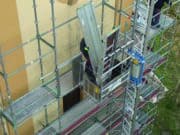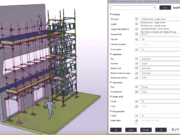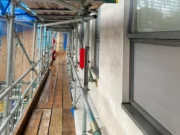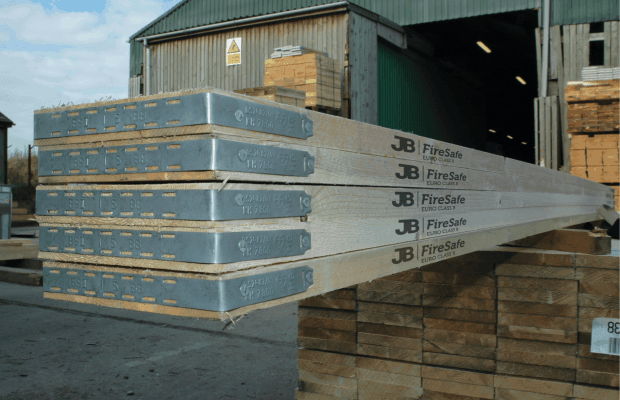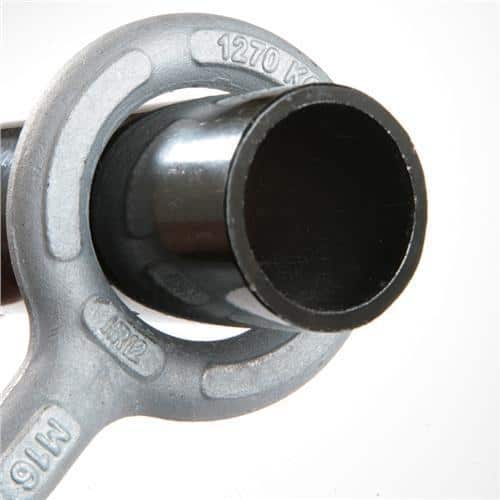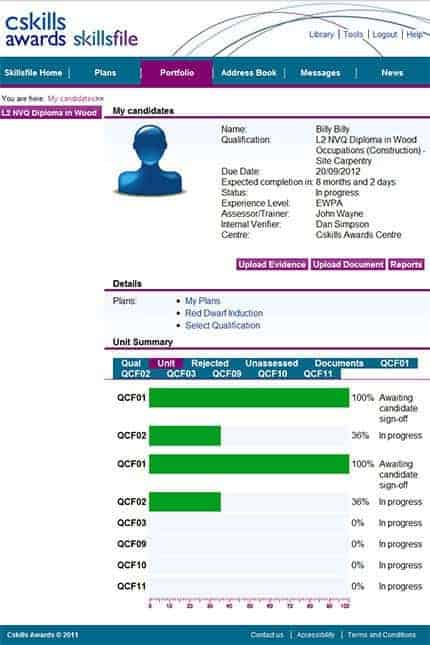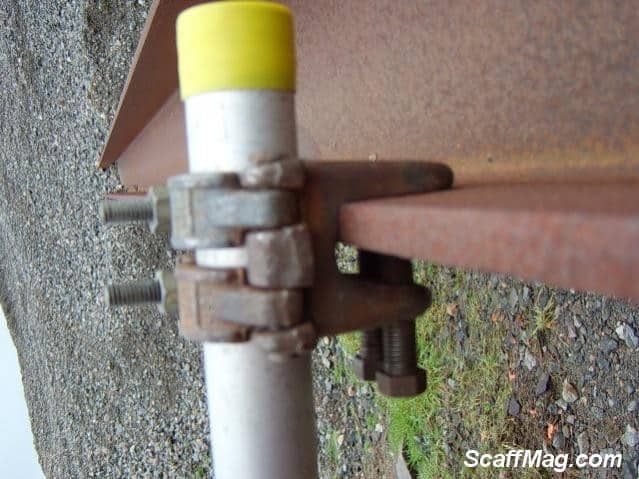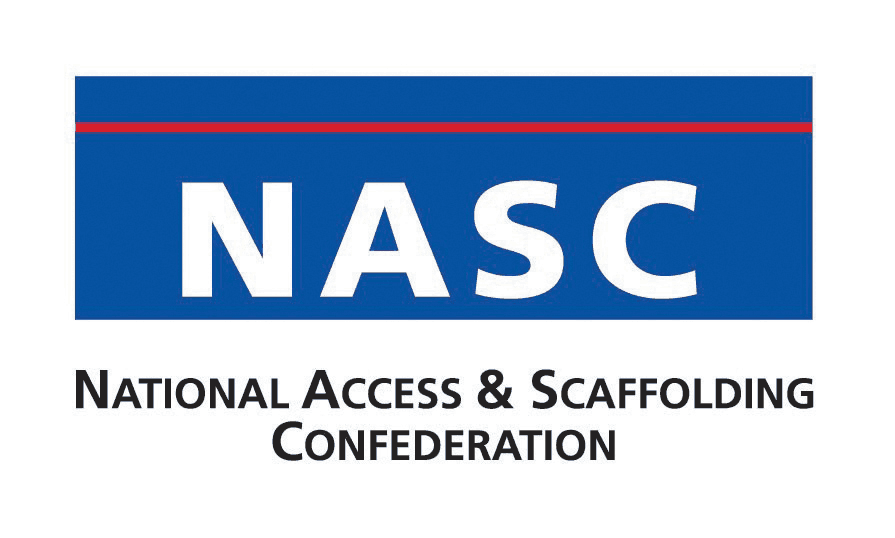
The guys at 48.3 Scaffold Design have written this great Q & A on how to make the big step from being a Scaffolder to Scaffold Designer.. Enjoy.
People in the scaffolding industry often ask us “how do you get into scaffold design?” and some are interested in making the change themselves. It is not an easy transition to make, as Andrew Kitley from the 48.3 Scaffold Design team explains in this Q & A.
Andrew began the transition from scaffolder to scaffold designer in 2008 and has now gained experience of a wide range of design work, as well as providing valuable practical insights through his first-hand knowledge of scaffold erection. Here Andrew explains how he started in the scaffolding industry, followed by the trials, tribulations and triumphs of his personal journey so far from scaffolder to scaffold design engineer.
How long were you a scaffolder for, and what level did you reach?
I first started scaffolding in 2000 when one of my friends asked me to help out at his Dad’s company for a week. I loved the laughs I had on site that week and decided to take it up full-time. I progressed through the ranks overs the years as most do, from labourer, to second-hand, charge-hand and, finally, supervisor.
What made you want to become a design engineer and when did you make that decision?
In 2008 I decided that I should try to find a career that has more longevity and not put my body under the continuous physical strains that scaffolding does.
What was the first step in your transition from scaffolder to scaffold designer?
I was in a very fortunate position where the person who taught me how to scaffold had recently started the transition to a design engineer himself. We discussed different routes I could try in order to get a job within a company that could train me, and in a lucky twist of fate the company where he was working was looking for trainee designers.
How long have you been designing scaffolding and has design work made you think differently about scaffolds?
I have now been designing scaffolding for three and a half years, but it has not been without its struggles. When I started designing I found it frustrating that the people around me were telling me how to draw scaffolding, when I had been erecting it successfully for years. In my opinion you have to forget what you think you know because your ‘say-so’ or experience doesn’t actually mean anything if the scaffold cannot be proven (in calculation).
What qualifications have you gained and what do you plan to achieve in the future?
This summer will see me attain my HNC in Civil Engineering and I am looking forward to continuing on the degree course at Southbank University. Engineering is an amazing subject to learn and I find it really enjoyable.
How has your previous experience in scaffolding helped you?
I try to use my knowledge of erection procedures (i.e. how I would safely carry out the work) in my designs and the rest of the team will tell you I am not shy when it comes to details on drawings.
What has been the hardest part of becoming a designer?
The hardest stepping stone for me has been continuing education. I have struggled at university; this is not to do with the work but with managing my time correctly around my studies. The first day of university was the first time I had written anything other than my name and address in over 8 years. To study the correct amount you need three evenings a week and probably most of your weekend. From start to finish it will take me a minimum of six years to attain a degree in engineering.
What is the most enjoyable thing about being a scaffold designer?
There are many rewarding aspects of designing scaffolding: not hating your job throughout the whole of winter; solving problems theoretically and then being able to see it work in practice; and the one I enjoy the most is the respect you receive from everyone for your knowledge.
Finally, do you have any advice for anyone who would like to make the switch from scaffolder to scaffold designer?
For anyone wishing to become a design engineer, I would say you must consider that you will take a considerable pay cut, depending on you ability as a scaffolder it could be up to 50%. To reach a proficient engineering level you will need to work towards a degree, this will mean studying and if you have children or even a very active social life/long work hours you will find this difficult.
With Thanks to 48.3 Scaffold Design, visit their site for more information



